Puerh tea, a fascinating and often overlooked variety of Chinese tea, has captivated both casual drinkers and tea connoisseurs worldwide. What sets puerh apart from more familiar types such as green, black, or oolong tea? It’s not only the deep, rich flavor but also the incredible depth of tradition, cultivation methods, health benefits, and unique aging process that make puerh tea a distinctive player in the world of beverages. This article explores the many dimensions of puerh, shedding light on its history, preparation techniques, health advantages, and the subtle art of storing and tasting this extraordinary brew.
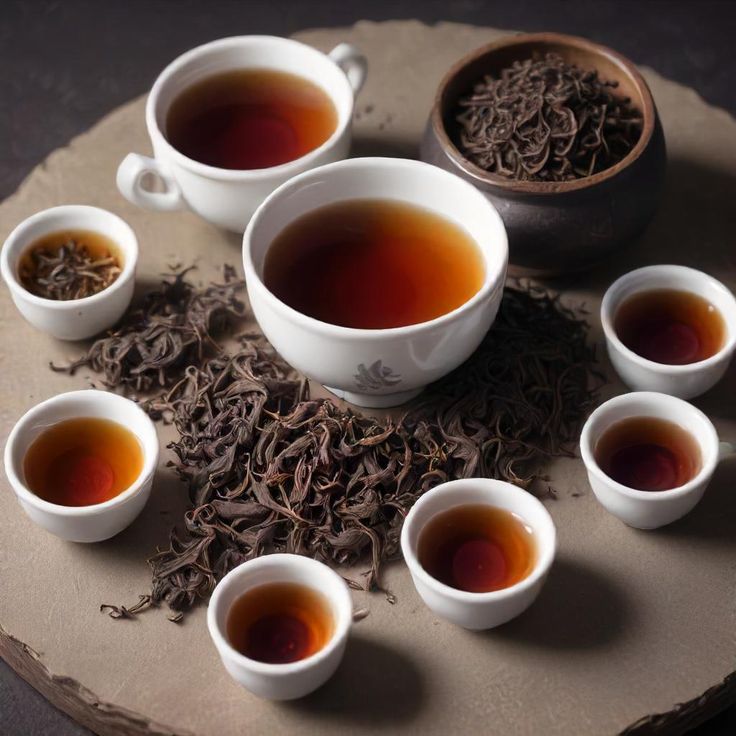
The Historical Roots of Puerh Tea: A Journey Through Time
Dive into the storied past of puerh tea, and you uncover a treasure trove of culture and tradition. Originating from the Yunnan province of China, puerh’s history spans several centuries, dating back to the Tang Dynasty (618-907 AD). Initially, this unique tea served as a form of currency for trade along the ancient Silk Road. The compressed cakes of puerh became highly valued commodities that were transported across regions, stimulating both economic growth and cultural exchange.
As time passed, puerh tea evolved from a mere trading product to a celebrated beverage enjoyed by emperors and scholars. It received its formal classification in the mid-20th century, with distinct categories that emerged based on the fermentation process: sheng (raw) and shou (ripe). The traditional methods and the region’s unique climatic conditions play a significant role in developing puerh’s deep, complex flavors. Today, puerh tea represents not just a drink but an experience steeped in history.
Understanding the historical significance of puerh also highlights its cultural importance. This tea is intertwined with rituals and ceremonies, promoting a sense of community among enthusiasts. From grand tea tastings to simple family gatherings, puerh tea fosters connections and bonds. Appreciating its history is crucial for any tea lover eager to explore this unique brew, which offers a taste of the past in every cup.
Discovering the Varieties of Puerh: Sheng vs. Shou
Puerh tea comes in two main varieties, each boasting distinct characteristics that intrigue aficionados and novices alike: sheng (raw) and shou (ripe). Sheng puerh undergoes a natural aging process that allows it to develop complexity over time. When harvested, the leaves are minimally processed, allowing for fermentation to take place gradually. As years pass, the flavor profile shifts, becoming mellower and richer. Enthusiasts often describe the taste of aged sheng as multifaceted; it can range from earthy and floral to fruity and savory, often reminiscent of a forest in autumn.
Contrastingly, shou puerh undergoes an accelerated fermentation process, known as “wo dui,” which involves piling, moistening, and covering the tea leaves to promote rapid aging. This method produces a smoother, earthier flavor that’s often described as dark and rich. While some aficionados prefer the nuances of sheng puerh, others lean towards shou for its drinkability and immediate depth of flavor. Each variety presents distinct opportunities for exploration, making the choice between them a matter of personal preference.
Exploring these two varieties reveals much about puerh’s versatility. Shou puerh often functions as a gateway for newcomers, allowing them to appreciate the unique flavors without committing to the long-term aging process that sheng requires. Over time, as preferences evolve, many tea drinkers gradually find themselves drawn to the evolving profiles of sheng puerh, creating a dynamic journey that mirrors their growth as tea enthusiasts.
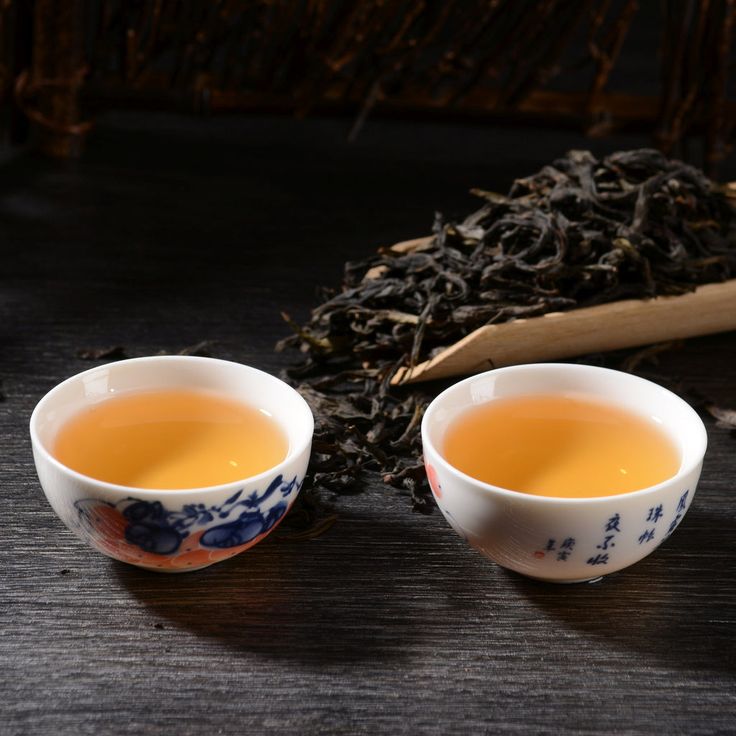
The Art of Brewing Puerh Tea: Techniques for Perfect Flavor
Brewing puerh tea requires an understanding of technique, as the method can significantly influence the resulting flavor. First, it’s essential to select the right tea quality and type. Whether using loose leaves or a compressed cake, high-quality puerh will provide the most rewarding experience. To begin brewing, measure about 5-7 grams of puerh tea per 150 ml of water. This ratio allows for the optimal extraction of flavors and aromas.
Pre-washing the tea leaves represents an important step in the brewing process. Pour hot water over the leaves and immediately discard this water. This technique not only cleanses the leaves but also awakens the tea, allowing the flavors to emerge fully. For the perfect infusion, steep sheng puerh for about 20-30 seconds during the first pour, increasing the steeping time for subsequent brews. Shou puerh typically requires a shorter initial brew, around 10-15 seconds, due to its already pronounced flavor.
Water temperature can significantly affect the brewing outcome. Use water close to boiling (around 95-100°C) for shou puerh and slightly lower temperatures (85-90°C) for sheng. Experimentation is key—individual tastes vary widely, and the beauty of puerh tea lies in its ability to adapt and surprise. Finally, savor the nuances of each steeping, noting how flavors transform and evolve, offering an immersive and engaging experience with each cup.
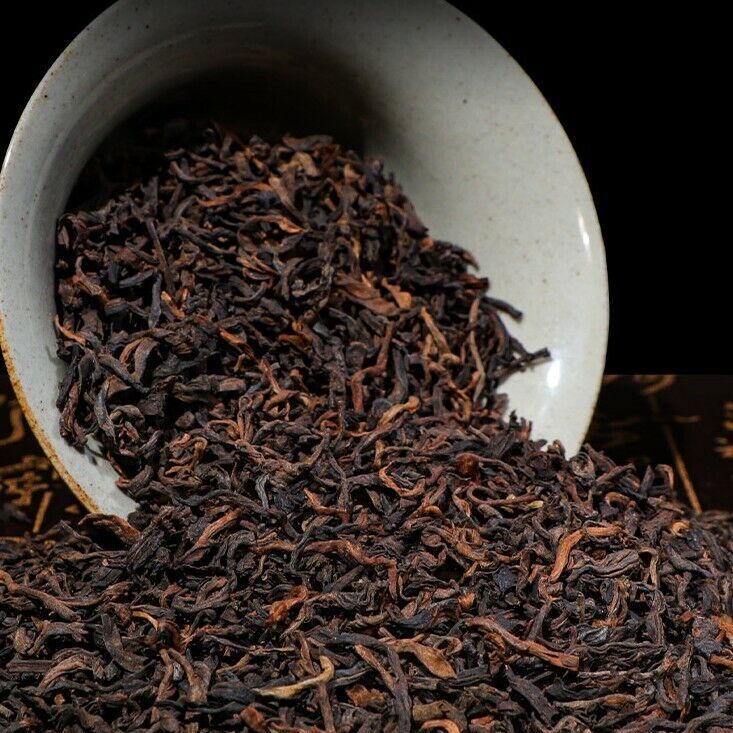
The Health Benefits of Fermented Tea: Nature’s Wellness Boost
Beyond its rich history and flavor, puerh tea has gained attention for its numerous health benefits. The tea is known for its high levels of antioxidants, which support overall well-being. Antioxidants play a critical role in combating oxidative stress, potentially reducing the risk of chronic disease. Studies suggest that regular consumption of puerh tea may contribute to improved heart health by promoting healthy cholesterol levels and blood circulation.
Moreover, puerh tea is celebrated for its weight management properties. The tea can support metabolic processes and improve digestion, thus aiding in weight loss efforts. The presence of polyphenols in puerh is particularly noteworthy, as these compounds help break down fats in the body. Many enthusiasts appreciate incorporating puerh into their daily routine, often complementing a balanced diet and an active lifestyle.
Additionally, puerh tea provides a calming experience due to its rich aroma and comforting warmth. Drinking this unique brew can aid relaxation and provide an excellent alternative to coffee, which may lead to jitters and anxiety. The moderate caffeine content in puerh, ranging from 30-70 mg per cup, offers a gentle lift without the steep crash associated with higher caffeine beverages, making it suitable for virtually any part of the day.
The Unique Aging Process of Fermented Tea: A Living Brew
The aging process of puerh tea distinguishes it from all other teas. While most teas lose their quality over time, puerh develops and transforms, forging complex flavors and aromas. This evolution occurs through microbial fermentation, where beneficial bacteria and fungi flourish in the right conditions. The tea’s characteristics change, resulting in richer, more nuanced flavors over the years. This unique aspect has nurtured the growing trend of tea collectors, who seek out aged puerh for its potential value and taste.
Aging puerh is akin to maturation in fine wines or spirits. Enthusiasts often engage in the practice of collecting different harvests, monitoring their progress to appreciate each brew’s trajectory fully. Aged sheng puerh, for instance, can reach stellar complexity after several decades, resulting in deep, comforting flavors that speak to its roots. Similarly, shou puerh, although typically consumed younger, can still provide a delightful experience when allowed time to mature.
Understanding the aging variables is crucial for enthusiasts. The storage conditions, including humidity, temperature, and air exposure, significantly impact the tea’s aging process. Ideal conditions allow for gradual fermentation, whereas unfavorable conditions can lead to undesirable outcomes, such as mold or unpleasant off-flavors. Therefore, those interested in aging puerh must be mindful of storage conditions. The art of storage is as crucial as brewing or tasting, as puerh is a living brew that continues to evolve.
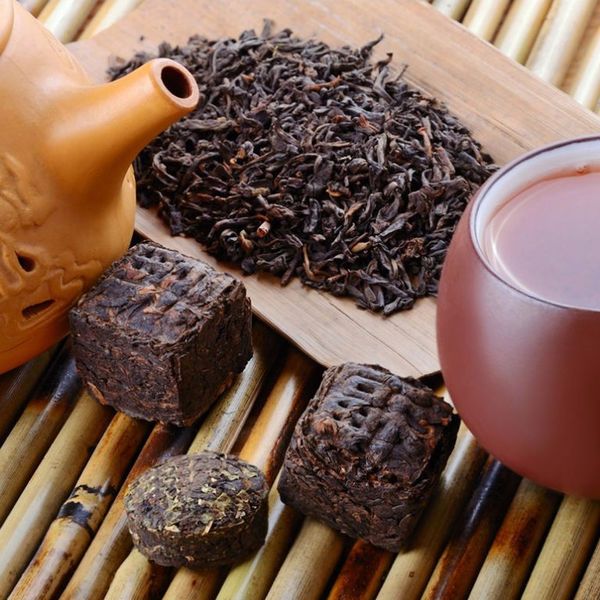
Enjoying Puerh Tea: Tasting and Pairing Recommendations
The art of tasting puerh tea involves more than just sipping—it’s an immersive experience that invites you to engage all your senses. As you prepare to taste, take a moment to appreciate the tea’s rich colors and aromas. Once you brew the tea, inhale the fragrance, allowing the diverse notes to wash over you. The first sip should be intentional; allow the tea to linger on your palate to appreciate its unique complexity. Note how flavors develop with each infusion, revealing hidden layers that capture the essence of puerh.
In terms of food pairings, puerh tea complements a range of dishes, enhancing the overall dining experience. Herbal flavors, rich meats, and even savory pastries work well with puerh, particularly shou varieties, which can balance oily or heavily seasoned meals. Alternatively, sheng puerh offers an intriguing counterpoint to lighter, earthy fare such as salads or grilled vegetables, delivering a refreshing and contemplative sip.
For those new to puerh, starting with simpler flavors can help build an appreciation for its layers. Incorporating puerh into tea ceremonies fosters sharing among friends and family. This aligns with traditions surrounding this unique brew for centuries. Each tasting event introduces newcomers to puerh’s wonders. It also allows seasoned enthusiasts to explore and discover together, creating a rich communal experience.
The Future of Ripened Tea: Crafting a New Legacy
Puerh tea is set to secure its place in the evolving global tea market. The rising interest in artisanal teas drives demand for authentic craftsmanship. Consumers are increasingly seeking quality, origin, and stories behind their beverages, giving puerh great potential.
Maintaining traditional production methods remains vital for preserving puerh’s cultural heritage. Balancing innovation with tradition will help keep its essence intact. Workshops and tastings enhance awareness of puerh’s history and health benefits.
As artisan craftsmanship gains popularity, puerh tea offers an opportunity rich in culture and flavor, inviting enthusiasts to explore its unique journey.
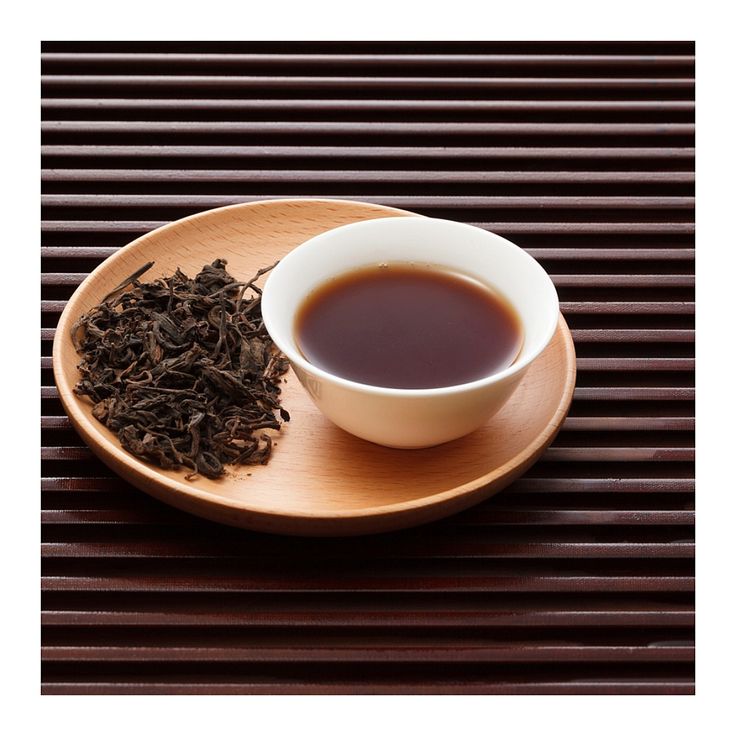
Conclusion: Embracing the Mystique of Ripened Tea
Puerh tea is not just a drink; it’s an experience steeped in history, culture, and community, inviting enthusiasts to embark on a journey through time and flavor. Each cup offers a connection to ancient traditions while embracing contemporary practices that honor its legacy. The exploration of puerh encompasses its varieties, brewing techniques, health benefits, aging intricacies, and tasting experiences. Engaging fully with this unique brew opens doors to understanding not just puerh itself but tea culture as a whole.
As you delve into the world of puerh tea, allow yourself to appreciate the delicate art of brewing, tasting, and sharing. Puerh tea enriches your experience, whether you enjoy it alone or with friends. It connects you to the heart of tea culture. Embrace its mystique and uncover the secrets of this unique brew. Each sip promises a new adventure waiting to unfold.